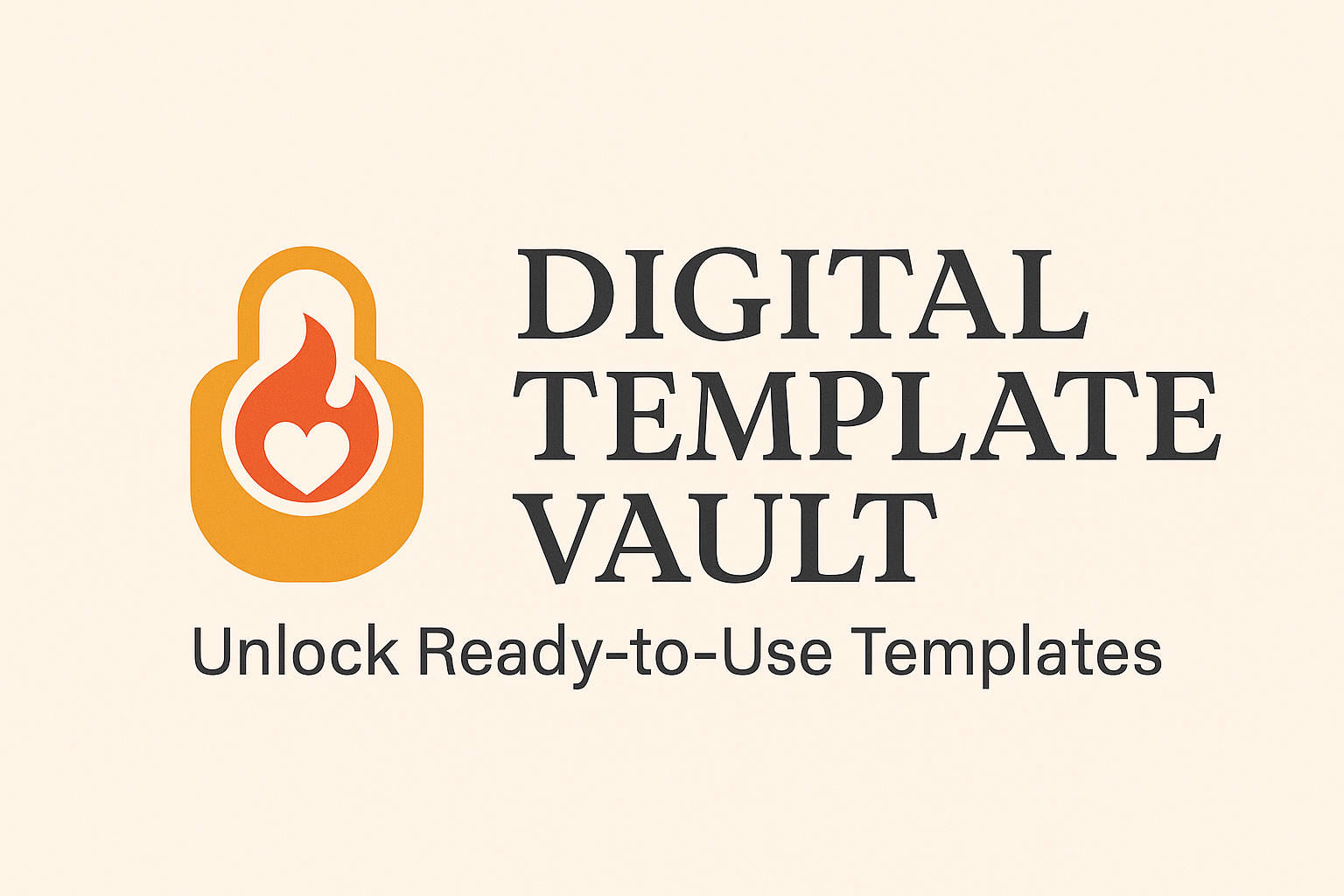If you are looking to take your online business to the next level, then you need to unleash the power of high-quality PLR products. PLR stands for Private Label Rights, which means that you have the right to modify, rebrand, and resell the product as your own. High-quality PLR products are a game-changer for any online entrepreneur looking to save time and money while still providing valuable content to their audience.
One of the biggest advantages of using high-quality PLR products is the time-saving aspect. Instead of spending hours creating content from scratch, you can simply purchase a PLR product and customize it to fit your brand. This allows you to focus on other aspects of your business, such as marketing and customer service, without sacrificing the quality of your content.
Another benefit of using high-quality PLR products is the cost-effectiveness. Hiring a professional writer or designer to create custom content can be expensive, especially for small businesses or solopreneurs. With PLR products, you can get high-quality content at a fraction of the cost, allowing you to invest your money in other areas of your business.
Additionally, high-quality PLR products can help you establish yourself as an authority in your niche. By providing valuable and informative content to your audience, you can build trust and credibility, which can lead to increased sales and customer loyalty. When you consistently deliver high-quality content, your audience will see you as a reliable source of information and will be more likely to purchase products or services from you.
When choosing high-quality PLR products, it is important to consider the source. Look for reputable sellers who offer well-written and professionally designed products. Make sure that the content is relevant to your niche and that it is up-to-date and accurate. You should also check the licensing terms to ensure that you have the right to modify and resell the product as your own.
Once you have purchased a high-quality PLR product, take the time to customize it to fit your brand. Add your logo, website URL, and any other branding elements to make the product uniquely yours. You can also edit the content to add your own voice and perspective, making it more engaging for your audience.
In conclusion, high-quality PLR products are a valuable resource for any online entrepreneur looking to save time and money while still providing valuable content to their audience. By leveraging the power of PLR products, you can establish yourself as an authority in your niche, build trust and credibility with your audience, and ultimately grow your business. So don’t wait any longer – unleash the power of high-quality PLR products today!
——————-
Article posted by:
The Digital Vault | Editable Canva Templates & PLR for Entrepreneurs
https://www.digitaltemplatevault.com/
Durham (Research Triangle) – North Carolina, United States
Discover The Digital Vault: Your source for editable Canva templates, business planners, and PLR resources to elevate your online brand. Join today!









